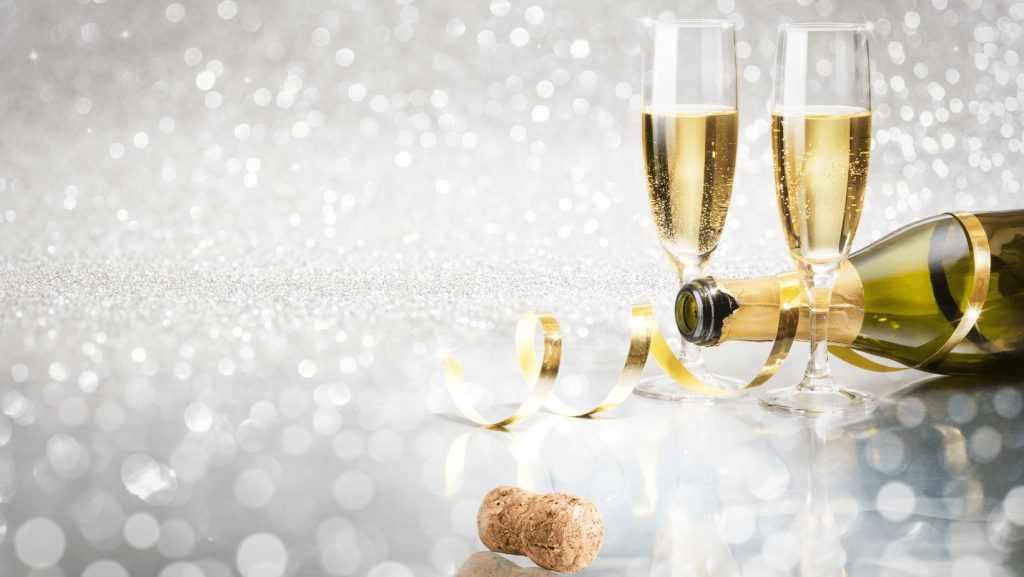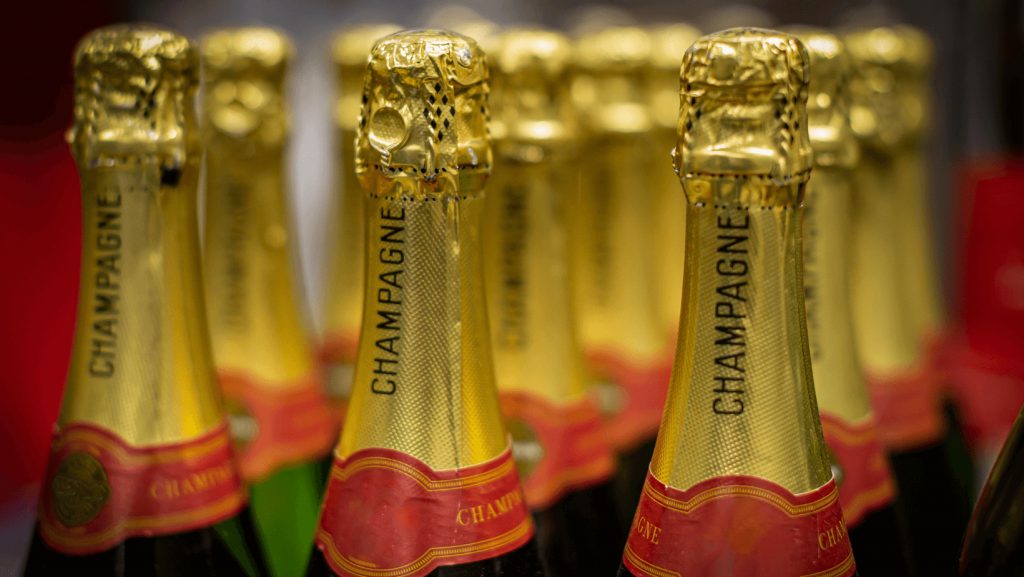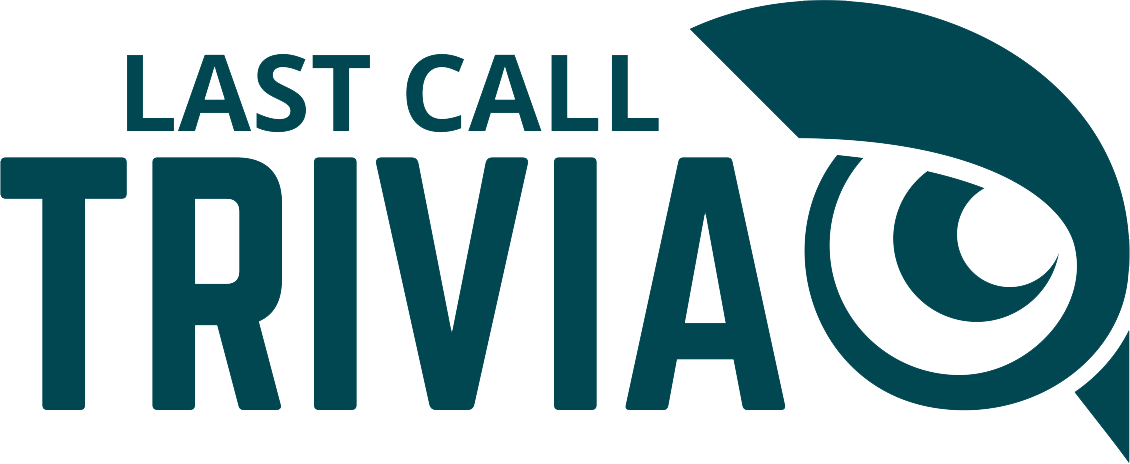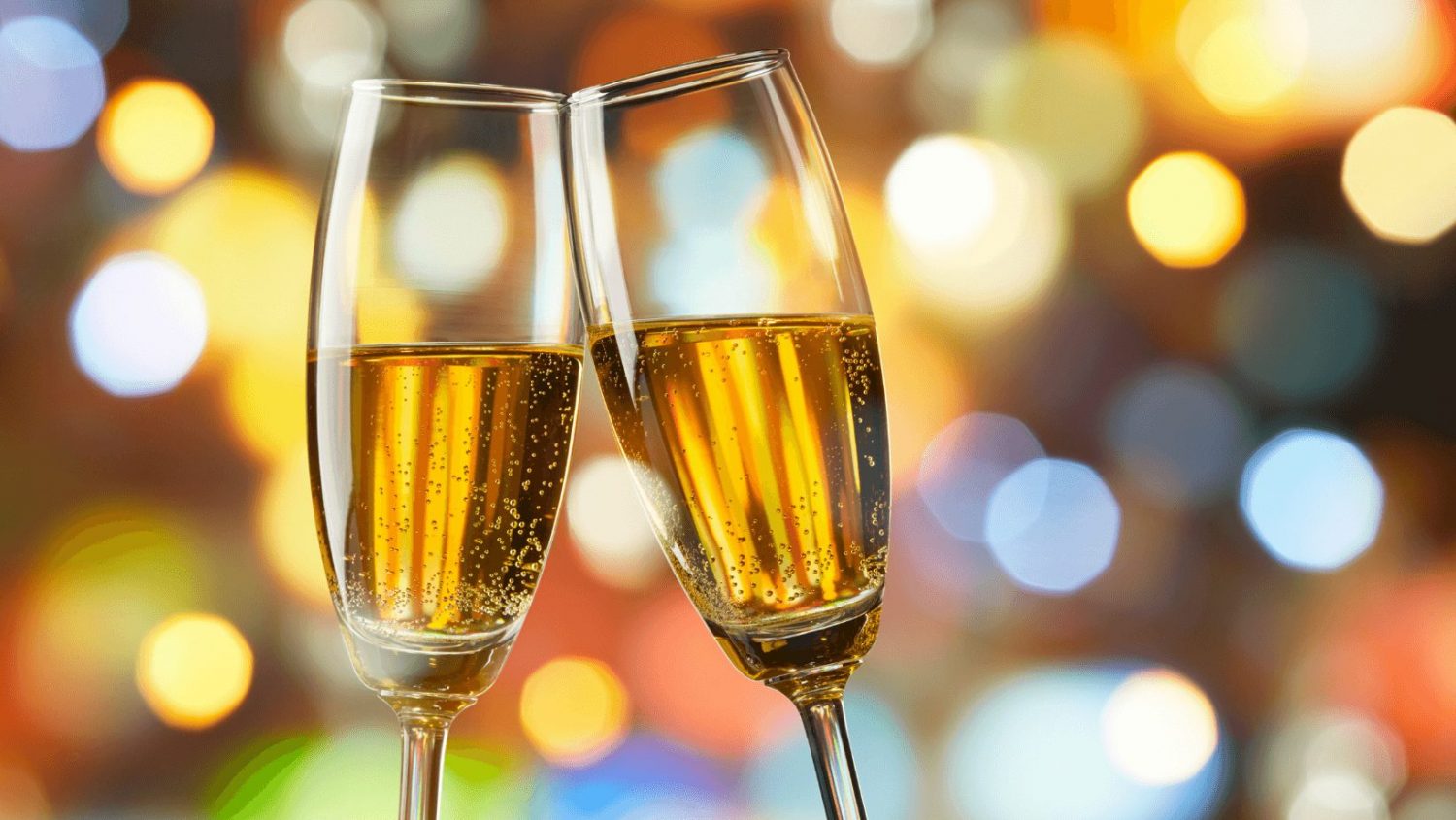
Real Champagne
By definition, Champagne is a sparkling wine that comes from the Champagne region of northeastern France. Any similar beverages that are made elsewhere are technically considered sparkling wine, not Champagne. The French have been fighting to ensure this naming convention is upheld for over a century.
The Treaty of Madrid, signed in 1891, first established the rule that only sparkling wines made in the Champagne region could use the name for their beverage. Later, the Treaty of Versailles signed at the end of World War I reaffirmed this rule. While it may seem odd to put such a provision in a treaty ending a war, there was a relevant reason for its inclusion. The Champagne region of France had been particularly devastated by warfare. They feared foreign competitors may take advantage of this and move in on the market, so the provision was included as an economic safeguard.
Despite the effort France has put forth, a legal loophole does allow for some exceptions. Since the U.S. never ratified the Treaty of Versailles, American producers weren’t prevented from using the term Champagne on their sparkling wine labels. France fought to protect their naming rights for decades and a compromise was eventually reached between the U.S. and the European Union. American wine producers can only use the generic term “Champagne” on their labels if they were using the term before March 10th, 2006. Any brands established after that date must stick with the term “sparkling wine.”

Special Process
It’s not just the location of origin that sets this beverage apart. While sparkling wines can be made in a variety of different ways, traditional Champagne is created through a process called the “méthode champenoise.”
This process requires a secondary fermentation, accomplished by adding a mixture of sugar and yeast, or the “liqueur de tirage,” to still wine. The combination of year and sugar results in carbon dioxide, which remains trapped in the container. In high-quality Champagnes, this secondary fermentation takes place inside the bottle. However, if sparkling wine is labeled as “charmat,” it means the secondary fermentation happened in a large tank, which typically indicates a lower-quality product.
When produced correctly, Champagne is known for its characteristic crisp, flinty taste. It’s believed that the flavor is partially attributed to the soil of the Champagne region, which is predominantly limestone. The limestone soil provides excellent drainage while also imparting its unique flavor to the drink. This is a common theme with alcoholic beverages, as the blue limestone of Kentucky is also credited with providing bourbon its unique flavor.

Champagne Cheat Sheet
When deciding on the best sparkling wine to buy for the occasion, it’s wise to consider your preferences – and budget. In the U.S., the cheapest bottles of “real” Champagne are typically priced at around $40. However, there are other sparkling wine varieties, like Prosecco from Italy and Cava from Spain, which are generally priced much lower. Given their similar flavor profiles and lower price points, these sparkling wines are often substituted for Champagne in cocktails, like the Mimosa.
If you aren’t ready to splurge on Champagne but want a sparkling wine that’s as similar to the real thing as possible, there are a few things to look for. Labels marked with “méthode Champenoise” or “méthode traditionnelle” indicate sparkling wines that were made with the same process. Also, look for sparkling wines made with chardonnay, pinot noir, and pinot meunier grapes, as these are the only three grape varieties used in Champagne.
But if budget is no issue, there are some ultra-pricey options available. Take for example the Taste of Diamonds, created by the luxury Champagne brand, Goût de Diamants. A private client of Goût de Diamants had a custom-made bottle designed in 2013 that included an 18-carat solid gold nameplate and an 18-carat white gold tag with a diamond inlay. This custom Taste of Diamonds Champagne bottle rang in at a staggering $2.07 million.

